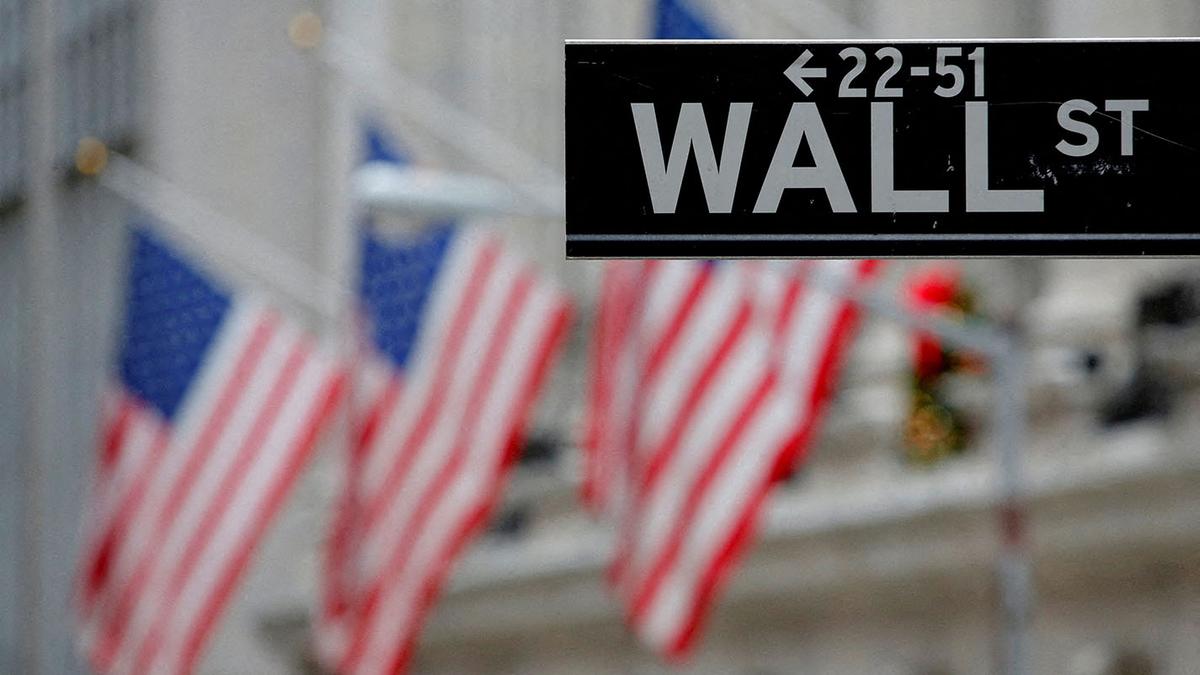US stocks rose as voters headed to the polls on the last day of voting on Tuesday (November 6, 2024). presidential election And as more data is gathered, the economy remains solid.
The S&P 500 rose 1.2% to move closer to its record set last month. The Dow Jones Industrial Average climbed 427 points, or 1%, while the Nasdaq Composite rose 1.4%.
Also read: US Election 2024 Voting Live: Donald Trump wins Florida, leads Kamala Harris as early voting closes
The main event of the market was the election, even though the result may not be known for several days or weeks as officials count all the votes. Such uncertainty, along with the upcoming Federal Reserve meeting on interest rates later this week, could unsettle the market. Wide expectations are that it will cut its key interest rate for the second time in a row.
Investors have already stepped in in anticipation of a victory for former President Donald Trump or Vice President Kamala Harris. But Paul Christopher, head of global investment strategy at Wells Fargo Investment Institute, suggests not getting caught up in such pre-election moves, or even immediately after the election is over, “We believe that “If there is not a complete reversal, there will be inevitable anger.” “Either before or after Inauguration Day.”

Dow and S&P 500 futures were up slightly, while Nasdaq futures were unchanged as of 7:27 p.m. Eastern Time, as elections closed in several states on the East Coast and early returns began coming in.
In Asia, some benchmarks were trading higher in early trade on Wednesday (November 7, 2024). The Nikkei 225 in Tokyo was 0.7% higher, while the Kospi in Seoul was up 0.5%. Australia’s S&P/ASX 200 rose 0.8%.
Trump Media & Technology Group, the company behind the former president’s Truth social platform, fell 20% in after-hours trading. It closed 1.2% lower during the regular session, when trading in the stock was halted several times due to volatility. Stocks, which move more with Mr. Trump’s re-election prospects than their own profit prospects, rallied strongly last month.
Despite all the uncertainty leading up to the final day of voting, many professional investors suggest staying focused on the long term. Regardless of which party wins the White House, the broader U.S. stock market has historically tended to rise, even though each party’s policies can help and hurt the profits of different industries.
According to Sam Stovall, chief investment strategist at CFRA, since 1945, the S&P 500 has risen in 73% of the years when a Democrat was president and in 70% of the years when a Republican was the country’s chief executive.
The U.S. stock market rose more when a Democrat was president, partly because losses under George W. Bush outweighed Republican average losses. Mr Bush took office and left office as the dot-com bubble burst, when the 2008 global financial crisis and the Great Recession devastated markets.

Apart from who will be president, other questions hanging over the market include whether the White House will work with a unified Congress or a Congress divided by political parties, as well as whether the results of the election will be contested.
The general expectation among investors is often for divided control of the US government as this is more likely to maintain the status quo and avoid major changes that could greatly increase the country’s debt.
As far as contested elections are concerned, Wall Street has few precedents to look back on. In 2000, Al Gore defeated George W. The S&P 500 dropped 5% in the nearly five weeks after Election Day before Bush conceded. However, this also happened when the S&P 500 nearly halved from March 2000 to October 2002 as the dot-com bubble deflated.
Four years ago, the S&P 500 surged the day after voting closed, even though the winner was not yet clear. And it grew more so after Mr Trump refused to accept and challenge the results, creating considerable uncertainty. A large part of that rally was due to enthusiasm about the potential for a vaccine for COVID-19, which has shuttered the global economy.
Following President Joe Biden’s victory, the S&P 500 rose 69.6% from Election Day 2020 to Monday (November 5, 2024). The record growth came as the US economy recovered from the COVID-19 pandemic and managed to avoid recession despite a surge in inflation.
In the four years before that, the S&P 500 rose 57.5% from Election Day 2016 to Election Day 2020, partly due to the tax rate cuts signed by Mr. Trump.
On Tuesday (Nov. 6, 2024), excitement about the artificial-intelligence boom helped lift Wall Street after a strong profit report from Palantir Technologies. A report last month showed growth for U.S. service businesses accelerated, beating economists’ expectations of a recession.
The Institute for Supply Management said it was the strongest increase in more than two years. The report expressed more optimism that the US economy will remain solid and avoid a long-feared recession after the worst inflation in generations.
Palantir jumped 23.5%. CEO Alexander Karp said, “We finished the quarter on a high note, driven by continued AI demand that won’t slow down.”
All told, the S&P 500 rose 70.07 points on Tuesday (November 6, 2024), to 5,782.76. The Dow rose 427.28 to 42,221.88 and the Nasdaq Composite added 259.19 to 18,439.17.
In the bond market, the yield on the 10-year Treasury fell to 4.28% from 4.29% late Monday (November 5, 2024).
published – November 06, 2024 08:04 am IST
